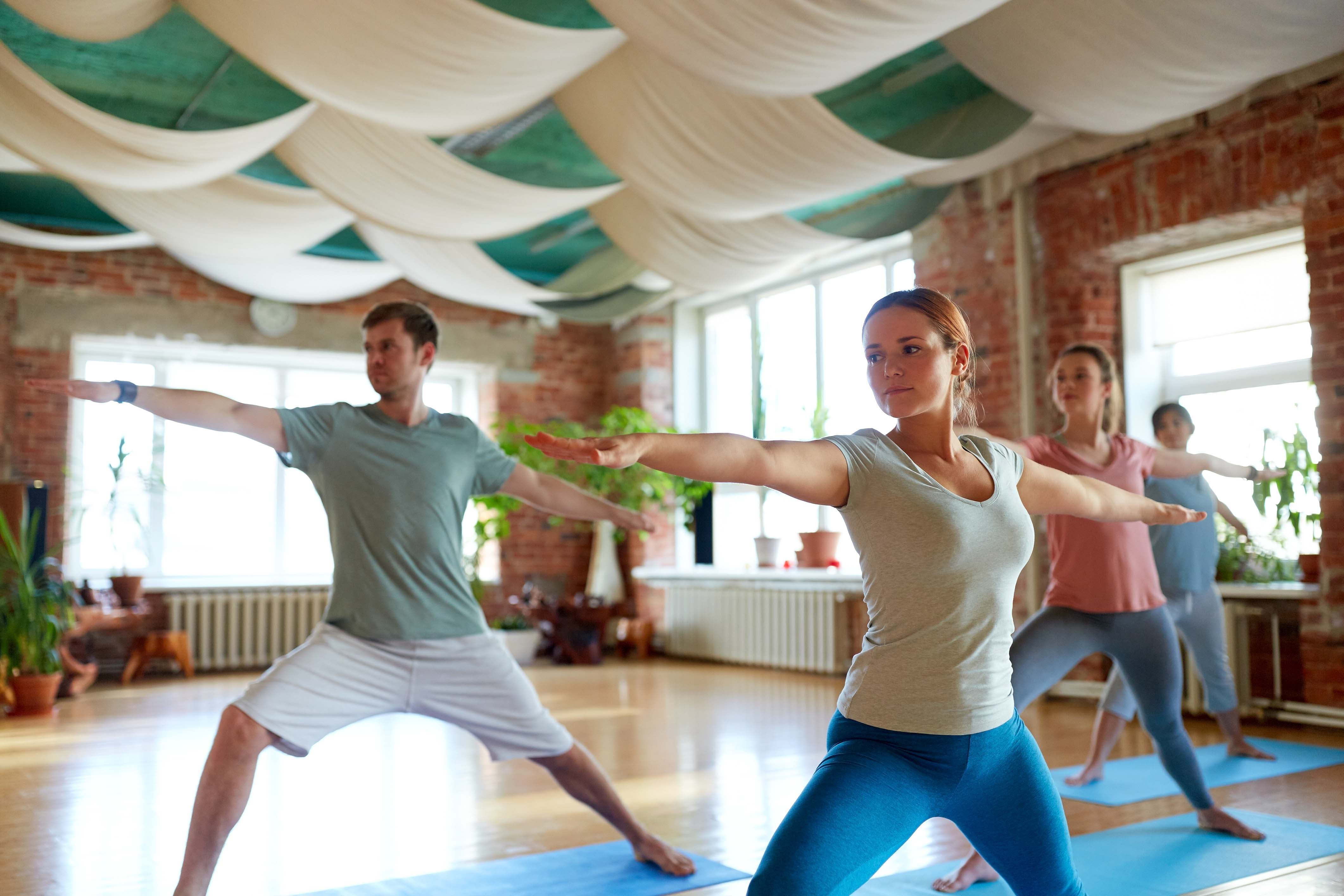Physical Fitness Throughout the Lifespan

Why is physical activity important as we age and who is at risk?
We have all been told over and over that we need to engage in regular exercise to maintain our health, but just how important is exercise to our health? Research has shown that regular physical activity improves bone density, decreases adipose tissue, can decrease feelings of depression, decreases blood pressure and resting heart rate. As we age the affects of physical activity are even more important in maintaining and improving health. It is estimated that as many as 60 percent of adults over 50 years old do not achieve the recommended levels of daily activity (See chart below regarding these recommendations). With age there is a decline in muscle mass known as sarcopenia. Around the age of 30, we begin to lose muscle mass at a rate approximately 1% every year. Coinciding with the loss of muscle mass is a 3 times greater decline in muscle strength. Some of this process is unavoidable, however with regular physical activity the course of sarcopenia can be slowed and the effects of the process can be decreased. It is important to try to decrease the incidence of declining muscle mass because decreased muscle mass has been associated with increased risk of dementia, loss of functional independence, increased fall risk, and increased mortality. The best way to reduce your loss of muscle mass is to engage in regular physical fitness that includes resistance training. This is because resistance training helps to build up muscle through imposing increasing loads on the tissue, forcing the tissue to grow to accommodate this stress.
How do you know if you are engaging in the appropriate amount of exercise?
The gold standard of exercise prescription comes from the American College of Sports Medicine (ACSM). The ACSM is a large organization that focuses on expanding the science of sports medicine through scientific research. When looking at these recommendations listed below you will see the abbreviation RPE. So what is RPE and what does it mean? RPE stands for rate of perceived exertion. This is an important factor especially in elderly adults because the measurement of heart rate max is not always an accurate measure of exertion among the elderly population. An RPE scale allows an individual to place a numerical rating on how hard they perceive they are working during a particular task. The higher the number on an RPE scale represents a higher level of perceived exertion.
| American College of Sports Medicine (ACSM) Exercise Recommendations for elderly Adults: | |
| Aerobic Training | · ≥ 5 days/week for moderate intensity OR
o 5-6/10 on RPE scale o 30-60 minutes per session in bouts of at least 10 minutes each · ≥ 3 days per week for vigorous intensity o 7-8/10 on RPE scale o 15-30 minutes per day
|
| Resistance Training | · Each major muscle group should be exercised 2-3 days/ week
· 40-50% of your one repetition max (the maximum amount you could lift only one time) performed at 10-15 repetitions x 2-3 sets
|
| Flexibility Training
|
· ≥ 2 days/week
· Stretch to feeling of tightness or slight discomfort · Hold static stretch for 30-60 seconds
|
| Balance Training
|
· No specific guidelines are available, however ACSM recommends:
o Progressively difficult postures that gradually reduce the base of support (example: moving from standing with wide feet to standing with feet together) o Dynamic movements that place the individual outside of their center of mass (located approximately midway between your hips) o Stressing postural muscle groups o Reducing sensory input such as moving objects or a soft surface |
What can you do to improve your physical fitness?
A great place to start if you are trying to become more active is joining a local gym or attending a community center that offers group classes. Group classes can be a great motivational tool in the early stages, as well as provide an outlet for meeting new people who are also trying to improve their physical fitness level. If you are concerned about your safety when initiating an exercise program because you suffer from co-morbidities such as chronic pain, cardiovascular disease, or severe de-conditioning seeking care from a licensed physical therapist may be a great option for you. Physical therapists are experts in movement and exercise performance. This means that as physical therapist we received a specialized education that allows us to improve functional independence and fitness levels in individuals who have complicated medical histories. Physical therapists work with you to create wellness goals, which will help improve your physical fitness level and overall daily life. Remember it is never too late to improve your overall health so that you can live a longer and more fulfilling life, if you have further questions or need guidance contact us at Beachside Physical Therapy.
